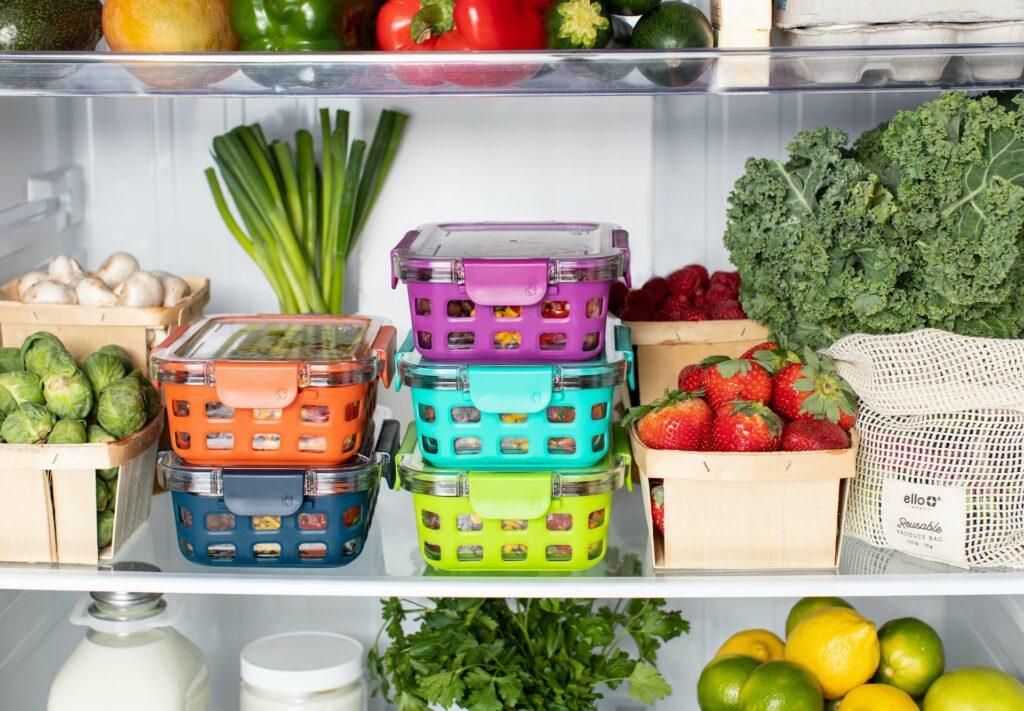Nébih prepared a refrigerator usage guide to reduce waste
The National Food Chain Safety Office (Nébih) has put together a guide for the use of refrigerators for Christmas in its program “Leave it Away” to help in the safe and sustainable storage of food, the agency reported in a statement on Friday.

The campaign draws attention to the fact that proper refrigeration plays an important role in preserving food safety and reducing food waste during the Christmas period.
According to the announcement, an average Hungarian consumer produces 60 kilograms of food waste over the course of a year, of which 24 kilograms could be avoided. Adequate knowledge and a conscious attitude in food handling are essential to reduce waste. They say that there are many practices that can help the refrigerator and freezer become even more helpful in the fight against food waste. It is important to pay attention to the appropriate temperature range, arrangement and timing, the foods to be cooled, and also those that may be harmed by refrigerated storage. The correct and safe method of freezing and thawing should not be forgotten, as well as the steps for cleaning the refrigerator or what to do in the event of a power outage, Nébih listed.
Related news
Safe holiday preparations: food safety tips for your Christmas menu
🎧 Hallgasd a cikket: Lejátszás Szünet Folytatás Leállítás Nyelv: Auto…
Read more >Layers of problems
🎧 Hallgasd a cikket: Lejátszás Szünet Folytatás Leállítás Nyelv: Auto…
Read more >Increased laboratory capacity to combat grapevine golden yellow disease
🎧 Hallgasd a cikket: Lejátszás Szünet Folytatás Leállítás Nyelv: Auto…
Read more >Related news
Christmas shock in commerce: for the first time, we can pay with bank cards in fewer places
🎧 Hallgasd a cikket: Lejátszás Szünet Folytatás Leállítás Nyelv: Auto…
Read more >Hungarian Confectionery Manufacturers Association: trends in 2025 and prospects for 2026
🎧 Hallgasd a cikket: Lejátszás Szünet Folytatás Leállítás Nyelv: Auto…
Read more >Most grocery chains will be open until noon on December 24th
🎧 Hallgasd a cikket: Lejátszás Szünet Folytatás Leállítás Nyelv: Auto…
Read more >






